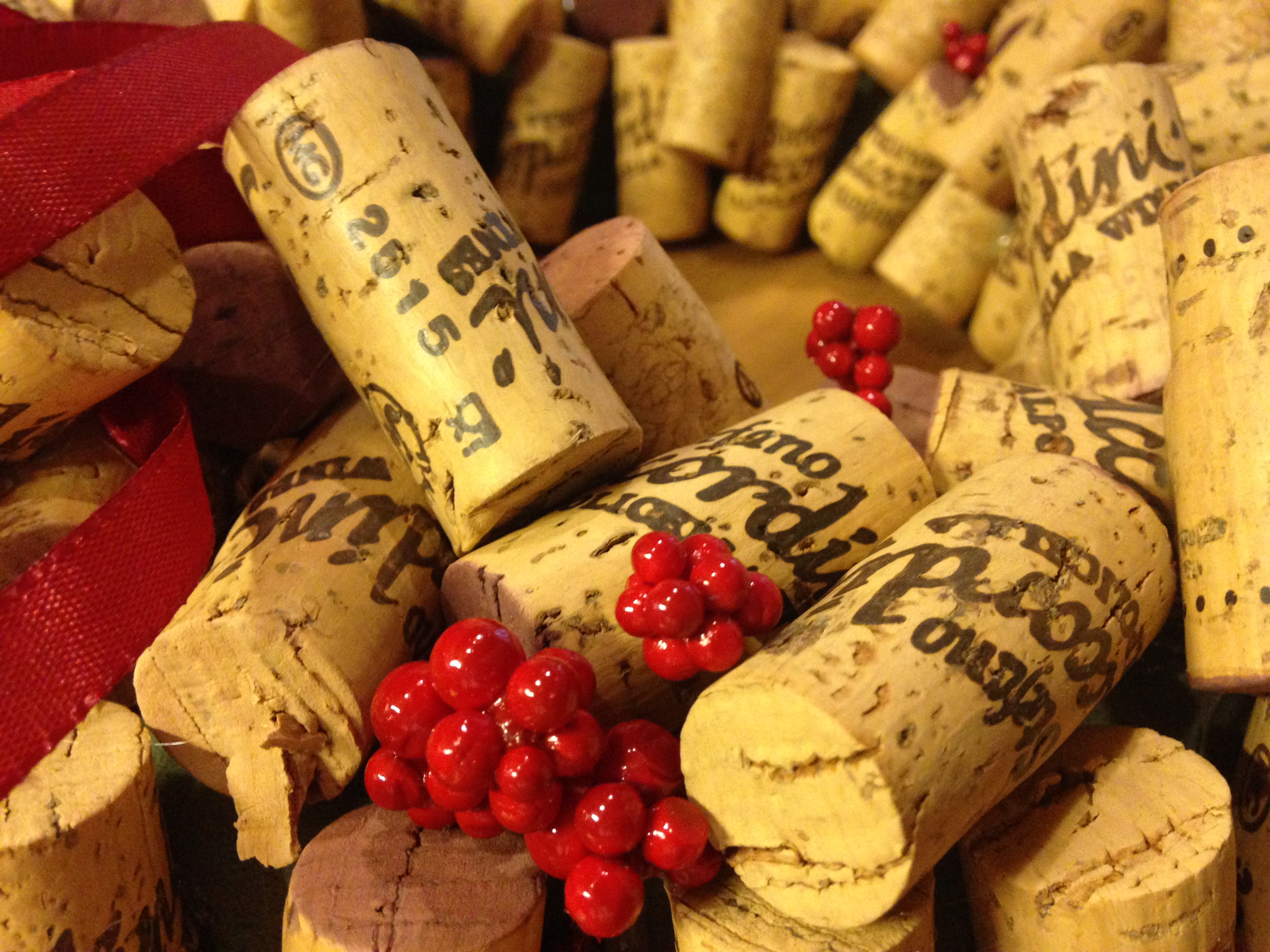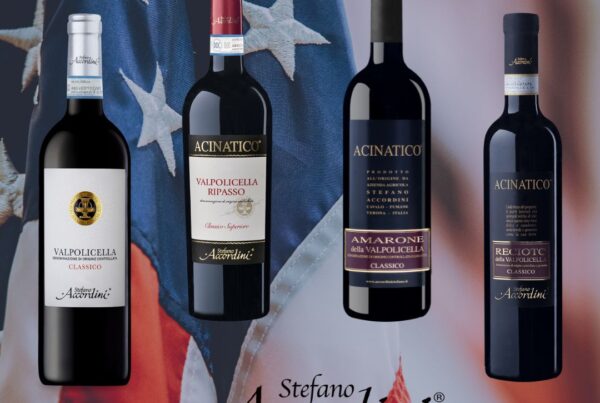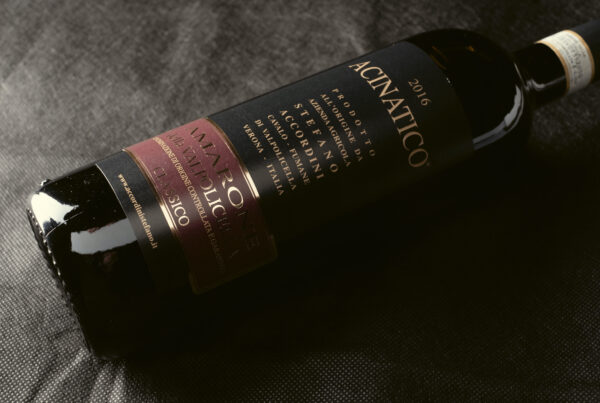As already known, corks are not all the same. Their history seems to date back to the second half of the XVII century where for the first time they were used as a closure for wine bottles in France. Today they are mainly divided into two categories: one-piece corks, made from a single piece of cork, and technical corks, created instead with very dense agglomerated cork.
If the former seem to be the best for sealing great wines by contributing to their refinement in the bottle, technical closures are more common for bottling wines to be consumed usually in two or three years.
What makes corks unique
All caps are characterized by 3 fundamental characteristics:
- elasticity: the cork stopper is alive and thanks to its elasticity it can perform a satisfactory function of hermetic closure of the bottle.
- impermeability: despite the cork being continuously fed and wet, it is able to remain elastic and does not allow the liquid to escape.
- hermetic seal: it is able to retain the oxygen contained in the wine, allowing a good conservation (and possibly evolution) of the bottle.
Not only cork, there are also synthetic corks:
NATURAL CORKS
From the beginning, corks were used for Champagne, and then spread to all the bottled wine. The qualities of elasticity, impermeability and durability over time were immediately appreciated. And for this reason they are perfect for wines that have a potential for evolution and aging of many years or even decades. In our case, Amarone Acinatico and Amarone Riserva il Fornetto are the main examples. Of course, it will be important to keep the bottles horizontally, so that the wine moistens the cork, keeping it elastic. The finest corks are the one-piece ones, which keep the structure of the raw material intact. Then there are conglomerate corks, which however have characteristics of resistance to time, lower pressures. To date, the major cork producers are Portugal, Spain, Italy, Algeria, Morocco, Tunisia and France
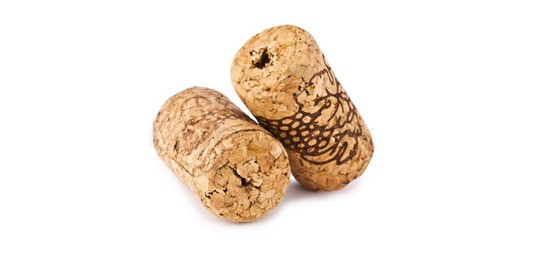
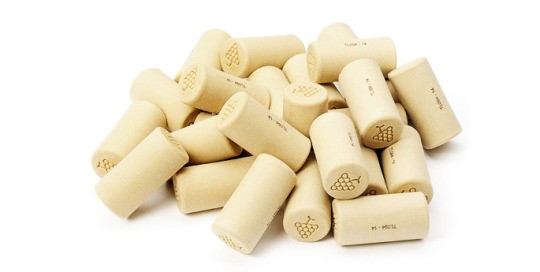
SYNTHETIC CORKS
Corks in synthetic material have mechanical characteristics superior to cork: they are more resistant, elastic, do not break, do not crumble and are not subject to mold. They spread mainly in the 80s and 90s to replace cork, which is increasingly expensive and less easily available. The real big difference compared to cork is that they do not allow the passage of air. The wine cannot “breathe” through the cork. Any form of evolution from micro-oxygenation is thus precluded. It is a cap that is perfect for white, rosé and red wines to be consumed within one or two years of bottling, for example our Pastel Bianco and Rosato.
When a wine tastes like a cork
The substances responsible for the “cork scent” were discovered and studied starting in the 1980s. Until then, that annoying smell was simply cataloged as a simple defect of the cork: hence the expression “cork smell”. In concrete terms, “the cork smell” translates into an unpleasant smell similar to mold, wet cartons and immediately perceptible once the bottle is opened, smelled the cork or tried a small sip of wine. This problem derives mainly from Armillaria mellea, a parasitic fungus of the cork oak. When this fungus attacks the cork, through a complex series of chemical reactions, in the presence of particular environmental conditions and with the collaboration of the bacteria it bears, it forms trichloroanisole (TCA), a molecule that spreads rapidly in the cork, subsequently contaminating the wine and generates the much-hated “cork smell and taste“.
![]()
Campagna finanziata ai sensi del Reg. UE n. 1308/2013
Campaign financed according to EU Reg. n. 1308/2013


